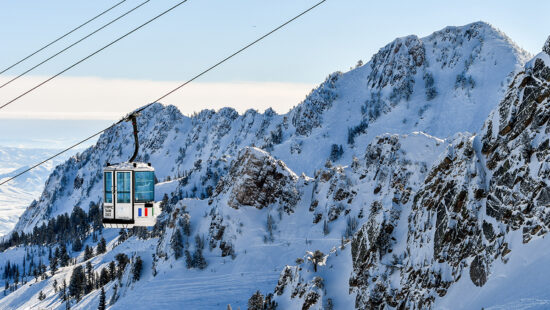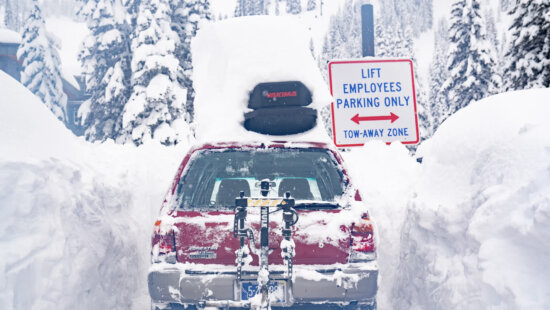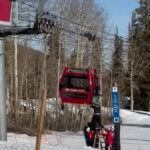Weather
La Niña is upon us: Here’s the 2024/25 winter outlook
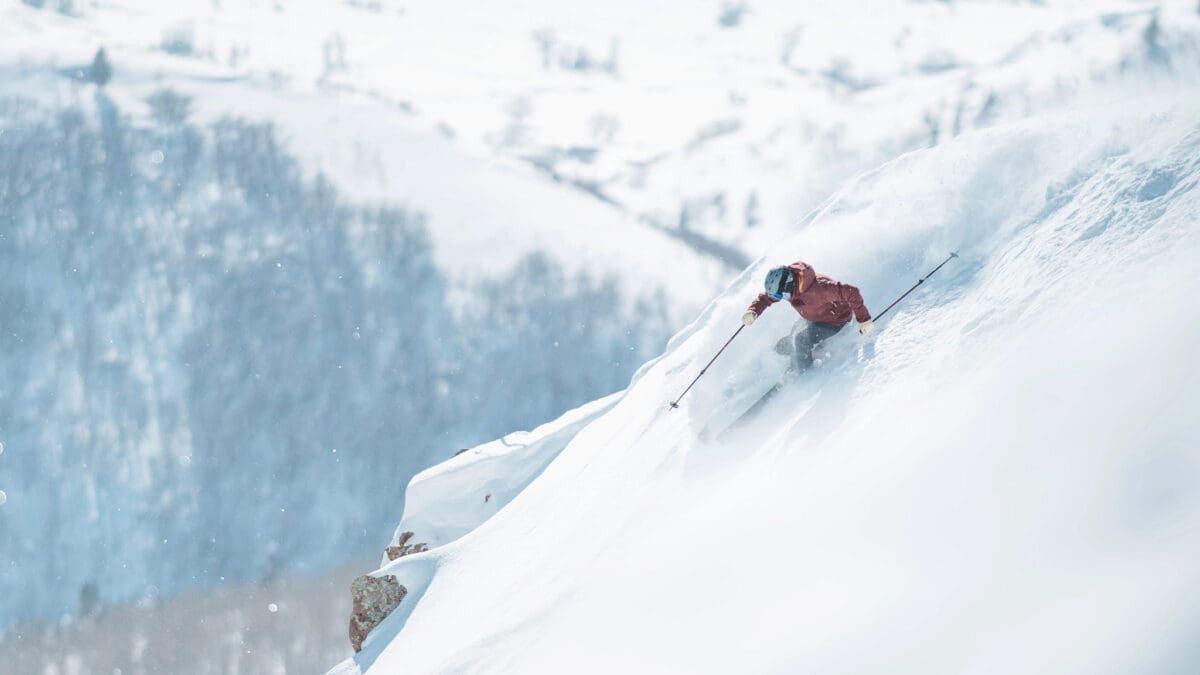
Utah ski resorts could benefit from a combination of weather patterns this winter. Photo: Deer Valley Resort
Early signs point to a snowy winter in Utah and much of the Intermountain West
UTAH – It is the middle of summer, which means most skiers and riders have already started dreaming about the upcoming winter season.
According to the National Oceanic and Atmospheric Administration (NOAA), La Niña is expected to make a return by the end of summer. Last winter, which was dominated by an El Niño pattern, saw ample snowfall with over 600 inches of cumulative storm total in the Cottonwoods. This, of course, paled in comparison to the 2022/23 season, dominated by La Niña, when winter storm totals reached over 900 inches of snow at Alta.
According to NOAA, La Niña patterns typically lead to drier and warmer winters in the south and colder and wetter winters to the north. This bodes well for Utah ski resorts historically, even though NOAA models show Utah in a bit of a middle ground. If those cold, wet storms push down from the Pacific Northwest, their path can intercept Northern Utah. Historic examples of good La Niña winters include 2010-2011 and 2016-2017, in which Utah saw substantial snowfall.
But some say another weather pattern, the quasi-decadal oscillation has more of an effect on Utah winters. The QDO affects atmospheric circulation patterns that determine precipitation and temperature trends in the region over periods of roughly 10 to 20 years. During phases of the QDO that favor cooler and wetter conditions, such as the ones this year’s La Niña is forecasted to serve up to the North, Utah can experience increased snowfall, according to the Utah Climate Center.
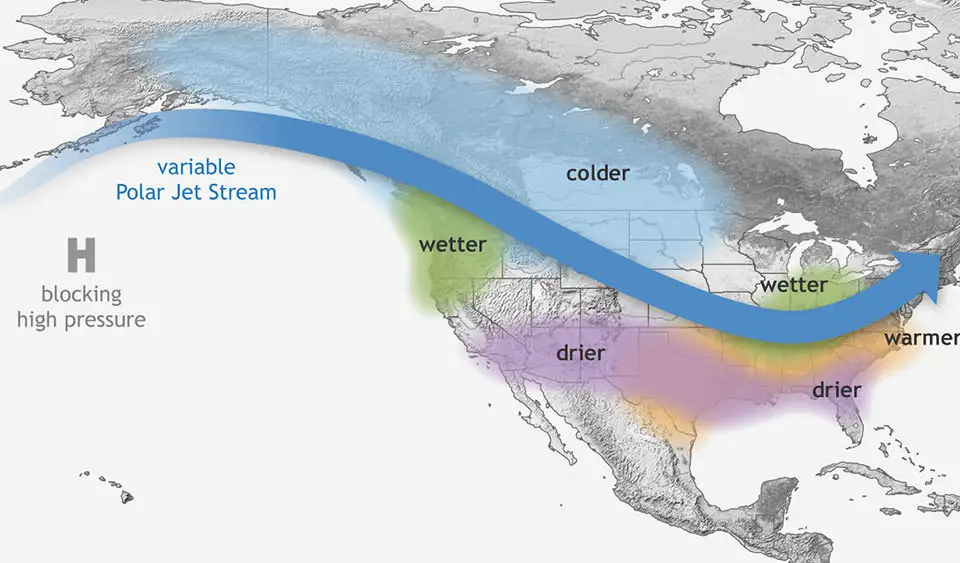
NOAA says that during La Niña events, trade winds are stronger than usual, pushing more warm water toward Asia. Off America’s west coast, upwelling increases, bringing cold, nutrient-rich water to the surface. These cold waters in the Pacific push the jet stream northward. This tends to lead to drought in the southern U.S. and heavy rains and flooding in the Pacific Northwest and Canada. During a La Niña year, winter temperatures are warmer than normal in the South and cooler than normal in the North.
The early signs are pointing towards a fruitfully cold and wet season for ski resorts across the American Intermountain West.
















